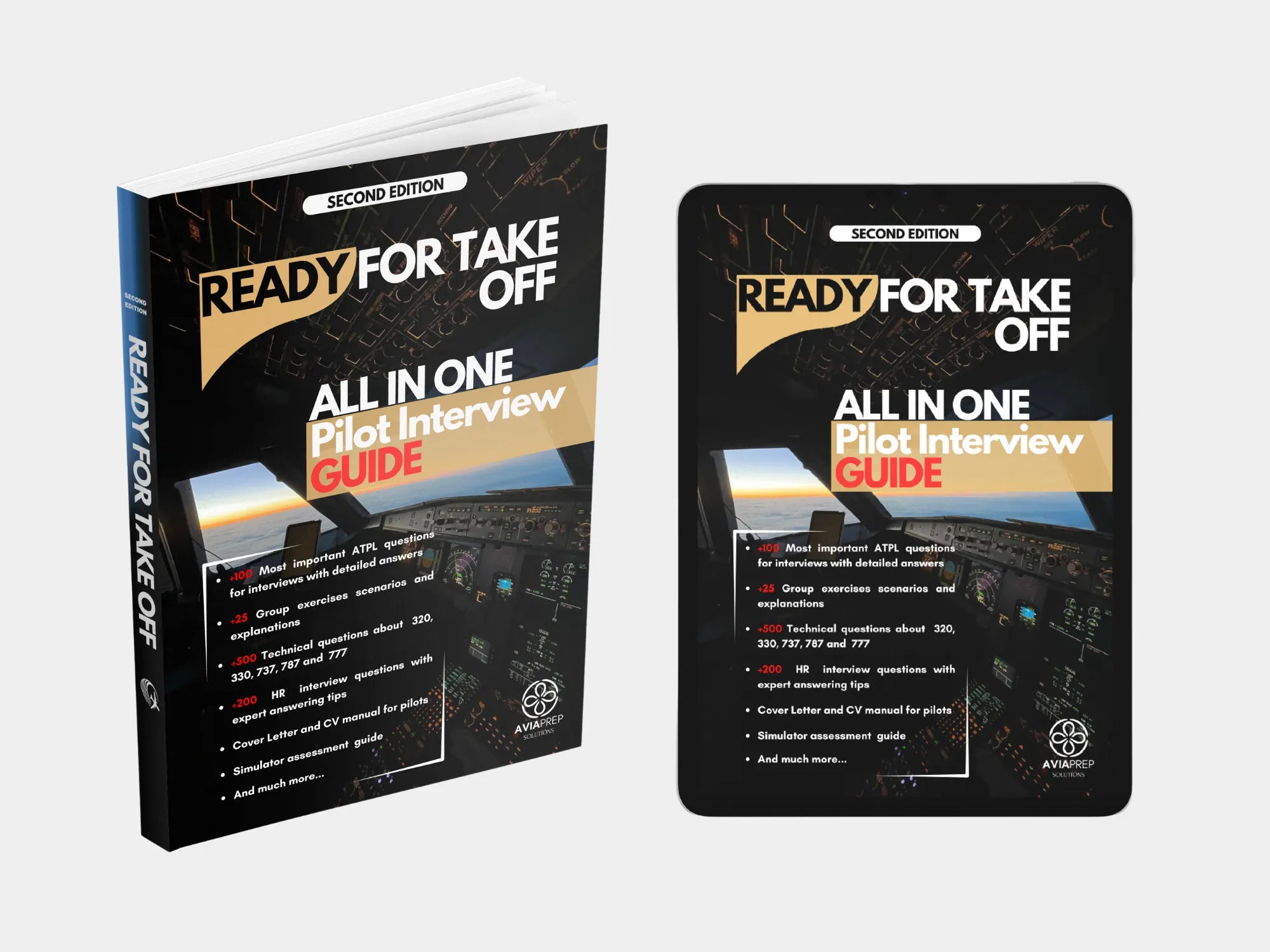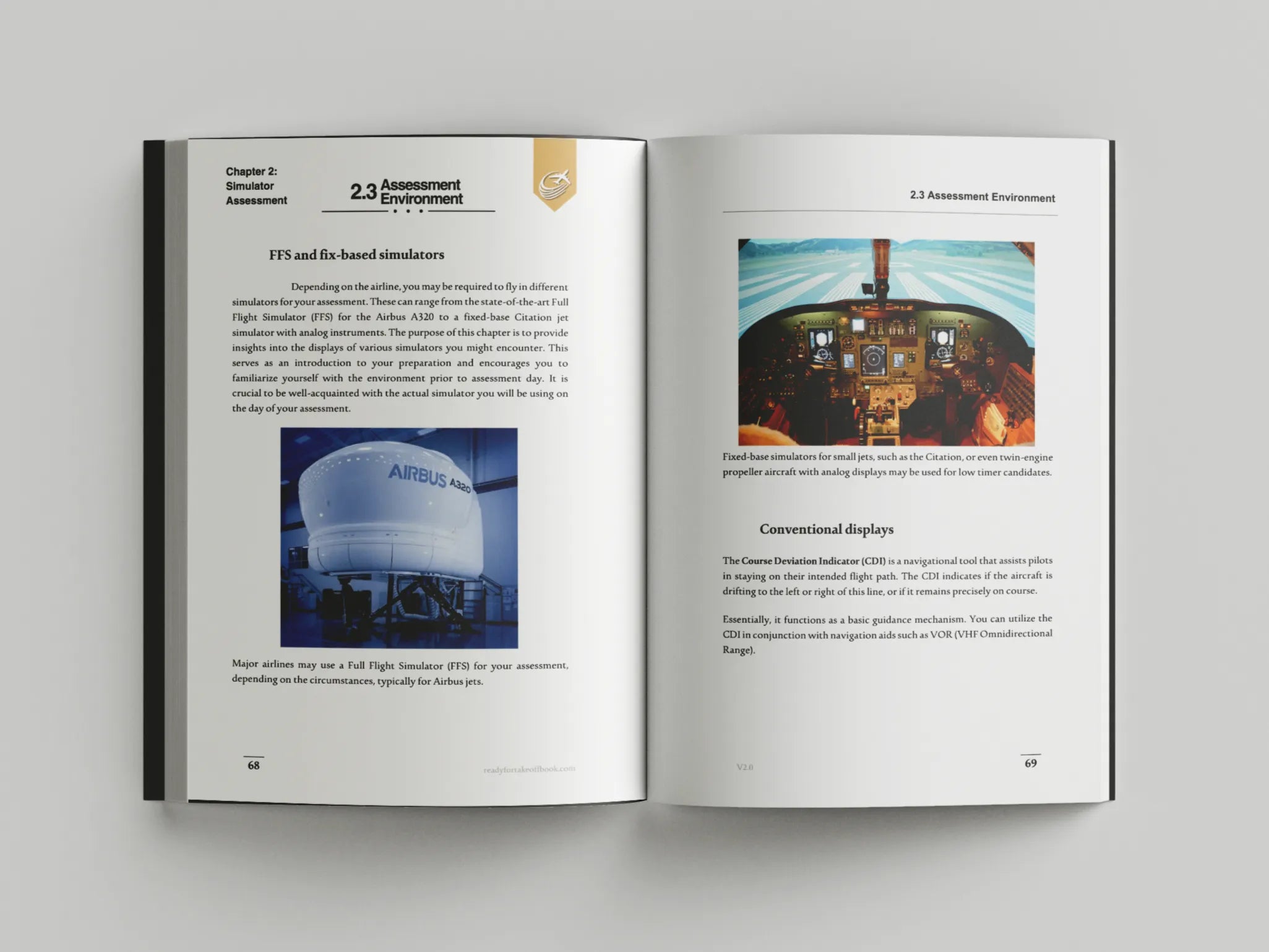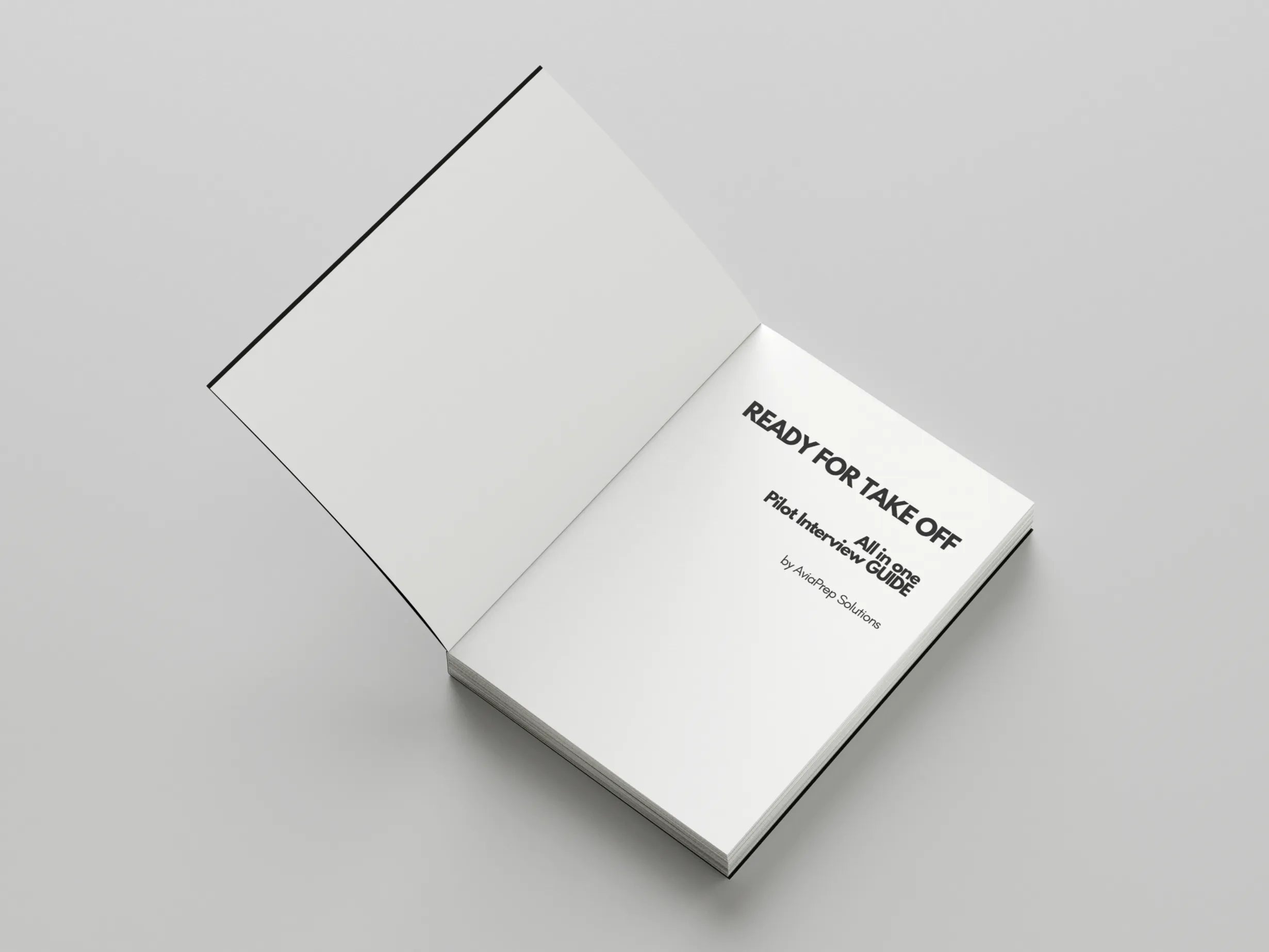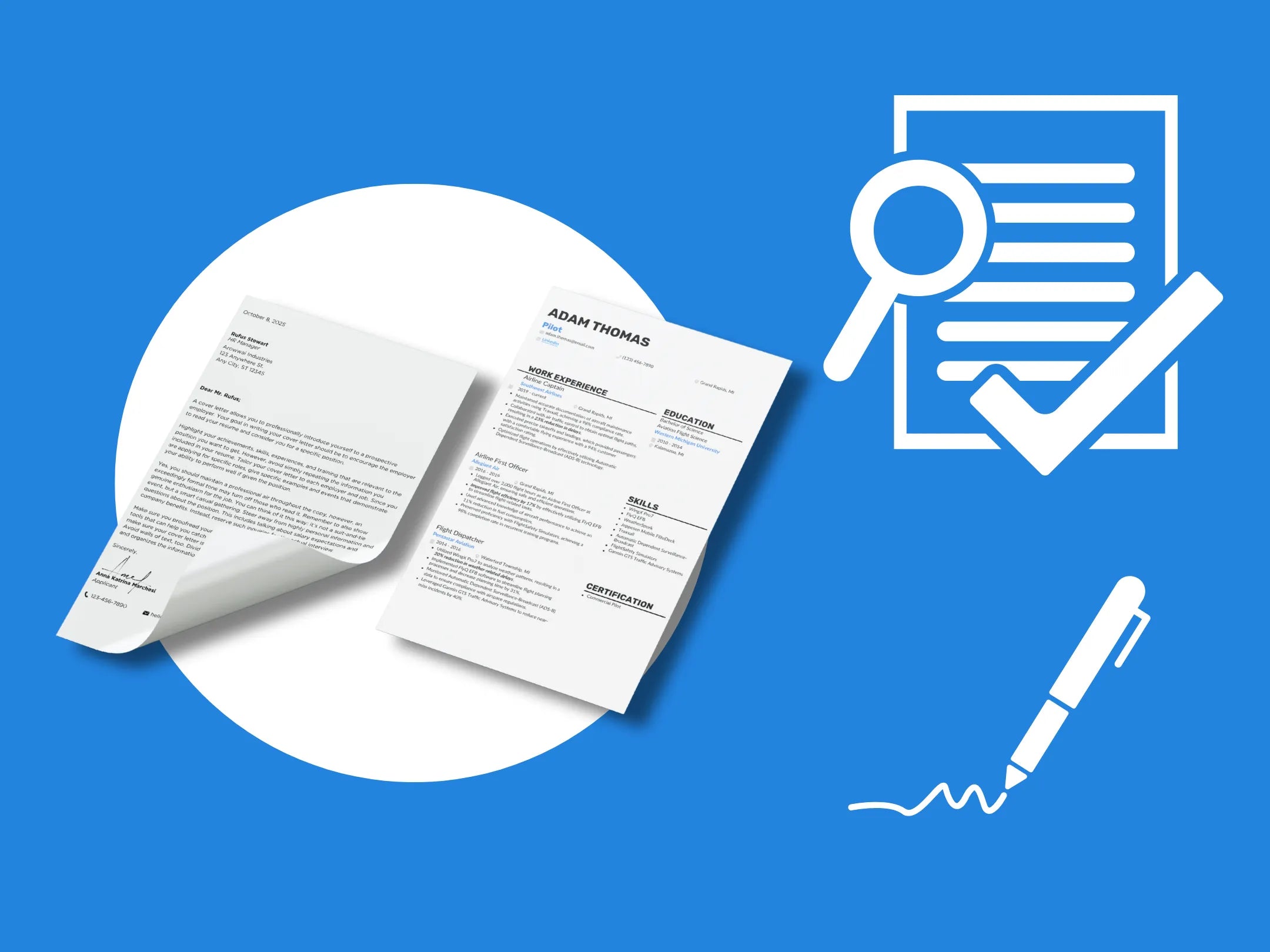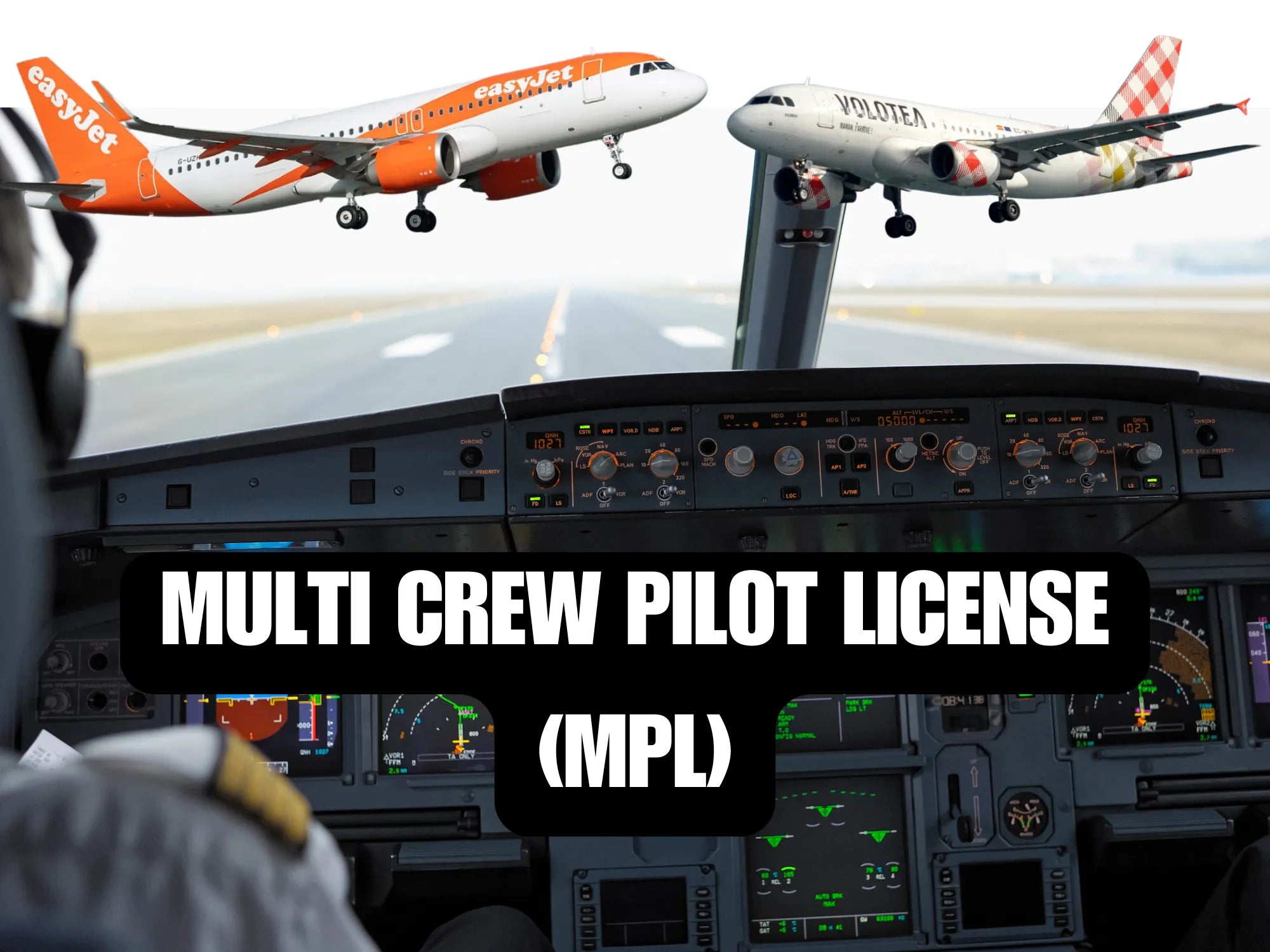Introduction to Cut-e Tests
Cut-e tests, also known as Aon’s Assessment Solutions, are a set of online psychometric assessments designed to evaluate the abilities and potential of candidates applying for various roles, particularly for airline pilots. Similar to DLR tests, these tests help employers find the best fit by assessing skills like problem-solving, numerical reasoning, and personality traits. Understanding and preparing for these tests can significantly boost your chances of success.
A Short History of Cut-e Tests
The first Cut-e tests were developed in 2002. They represent a new type of cognitive aptitude assessment tool designed for online use, eliminating the need for physical presence. These tests are often used as a pre-selection tool to reduce the cost of screening large numbers of applicants. Their ergonomic design, make the tests easy to understand yet highly selective. In 2017, Cut-e tests were acquired by the Aon group, making them a significant player in the field of recruitment and professional assessment. Today, Cut-e tests are used worldwide for pilot selection assessments by both airline companies and pilot schools.
Cut-e Tests in Aviation: EasyJet and Aer Lingus
Candidates for EasyJet in both the UK and Switzerland are required to take the Cut-e tests. These assessments are crucial for selecting the right candidates for pilot positions. Similarly, Aer Lingus uses Cut-e tests to screen pilots and cadets. This highlights the importance and widespread use of these assessments in the aviation industry.
Components of Cut-e Tests
The Cut-e tests are divided into several key components, each designed to measure different aspects of a candidate's abilities and personality. Here are the main categories:
Cognitive Ability Tests
Numerical Reasoning
Purpose: To assess your ability to work with numbers and interpret data.
Content: Tasks include interpreting graphs, analyzing data tables, and solving basic math problems. This measures how quickly and accurately you can work with numbers.
Verbal Reasoning
Purpose: To evaluate your ability to understand and analyze written information.
Content: You might read passages and answer questions about them, identify the main idea, or understand complex information.
Logical Reasoning
Purpose: To test your logical thinking and problem-solving abilities.
Content: Involves identifying patterns or sequences and determining the next item or completing the sequence. It’s like solving puzzles where you need to find logical connections.
Spatial Reasoning
Navigation and Sense of Direction
Purpose: To evaluate your ability to visualize and manipulate objects in space.
Content: Tasks include navigating through virtual environments and understanding spatial relationships.
Moving Dots and Relative Bearing Indicator
Purpose: To test your spatial awareness and ability to track moving objects.
Content: You’ll follow the movement of dots and use bearing indicators to determine directions.
Psychomotor Skills
Hand-Eye Coordination and Reaction Rate
Purpose: To assess your coordination and reaction times.
Content: Tasks involve using control devices like joysticks to perform specific actions or pressing buttons quickly in response to stimuli.
Dexterity Tests
Multi-Tasking and Precision
Purpose: To evaluate your ability to handle multiple tasks simultaneously and maintain precision.
Content: Includes tasks like managing multiple runways, tube flights, and other dexterity challenges.
Personality Questionnaires
Personality Traits
Purpose: To understand your personality and how you might fit within a team or company culture.
Content: Series of statements where you’ll need to agree or disagree on a scale, revealing traits like introversion, stress tolerance, and work style.
Situational Judgment Tests
Decision Making
Purpose: To see how you handle different work-related situations.
Content: Scenarios where you choose the best course of action, helping employers understand your decision-making process and problem-solving skills.
Memory and IQ Tests
Memory Tests
Purpose: To evaluate your short-term memory and ability to recall information.
Content: Tasks include remembering sequences of numbers, letters, or shapes.
Inductive Logical Thinking
Purpose: To assess your ability to derive general principles from specific observations.
Content: Involves solving problems and finding patterns in a series of shapes or numbers.
Companies Using Cut-e Tests for Pilot Screening
Cut-e tests are widely used by various airline companies and flight training schools for pilot screening. Here are some of the notable ones:
- Aer Lingus
- EasyJet
- Swiss International Air Lines (DEC)
- Etihad Airways
- Jet2.com
- L3/CTC Aviation
- Norwegian Air Shuttle
- Scoot
- Thai Airways
- Finnair
- FlyDubai
If you encounter Cut-e tests in other companies or flight schools not listed here, please let us know to keep this list updated.
Why do Airlines use Cut-e Assessment?
When applying to an airline company or pilot school, the selection outcome is crucial for both you and your future employer. It involves not only aviation safety but also significant financial stakes, often exceeding €100,000 for ab-initio training. Therefore, recruitment decisions represent a long-term investment for an airline company, which aims to minimize technical or human risks while keeping training costs within acceptable limits. The purpose of the Cut-e tests is to oversee and maintain these risks as low as possible by correlating test results with potential risks.
Should I Train Before Taking the Cut-e Tests?
Absolutely! Training is essential for anyone looking to pass the Cut-e tests. However, rather than cramming a few days before the session, it’s advisable to use resources like Pilotest to identify and improve the psychometric aptitudes you lack. Explore various practice tests and start your preparation well in advance of the actual assessment. This preparation will enhance your chances of success.
How to Prepare for Cut-e Tests: Tips and Strategies
Preparing for the Cut-e tests requires a strategic approach, as these assessments evaluate various dimensions of your cognitive and personality profile. Here are some key preparation strategies:
- Understand the Test Format: Familiarize yourself with the different types of Cut-e assessments. Knowing what to expect reduces anxiety and helps you navigate through the tests more effectively.
- Practice Regularly: Regular practice using online resources like Pilotest or other specialized platforms helps in honing the specific skills tested by Cut-e. Practice tests can simulate real test conditions, enabling you to gauge your performance and identify areas for improvement.
- Enhance Cognitive Abilities: Focus on improving numerical reasoning, verbal reasoning, logical thinking, and spatial awareness through targeted exercises. For example, solving math problems, reading complex passages, and practicing pattern recognition can strengthen your performance.
- Work on Psychomotor Skills: Since psychomotor tests involve hand-eye coordination and quick reactions, engage in activities that enhance these skills. Video games that require precise movements or tools like joysticks and simulators can be useful.
- Review Situational Judgment Scenarios: Practice situational judgment tests to improve your decision-making skills. Read about common work-related scenarios and consider the best course of action, keeping in mind the values and priorities of the industry.
Conclusion
Cut-e tests, as part of Aon’s Assessment Solutions, have become a benchmark in pilot selection. Understanding the components and preparing effectively can significantly enhance your performance, giving you a competitive advantage in the rigorous selection process. Whether you are an aspiring pilot or an experienced professional, preparation is key to success.
Frequently Asked Questions (FAQs)
1. What is the primary purpose of Cut-e tests?
The primary purpose of Cut-e tests is to evaluate candidates' cognitive abilities, personality traits, and psychomotor skills. They help employers assess whether a candidate is a good fit for specific job roles, particularly in aviation, where safety and precision are paramount.
2. Can I retake the Cut-e tests if I fail?
The ability to retake Cut-e tests depends on the company’s recruitment policy. Some employers may allow a retest after a certain period, while others may not offer a second attempt. It’s best to clarify this with the specific employer or recruitment agency handling your application.
3. How long does it take to complete the Cut-e assessments?
The time required to complete Cut-e assessments varies depending on the specific tests administered. Generally, it can take anywhere from 30 minutes to a few hours, depending on the number of components being tested.
4. Is training necessary to pass Cut-e tests?
Training is highly recommended, especially for cognitive and psychomotor tests. Practicing with mock tests and improving specific skills can significantly increase your chances of success.
5. What happens if I don’t perform well on the personality tests?
Personality tests are designed to evaluate how well your traits match the job requirements. If your profile doesn’t align with the employer’s expectations, it might impact your chances. However, it’s essential to be honest, as trying to fake responses can be easily detected.








